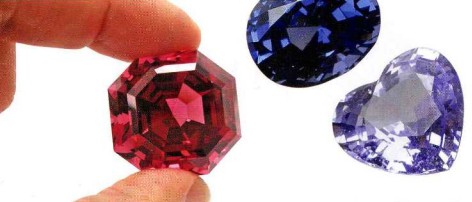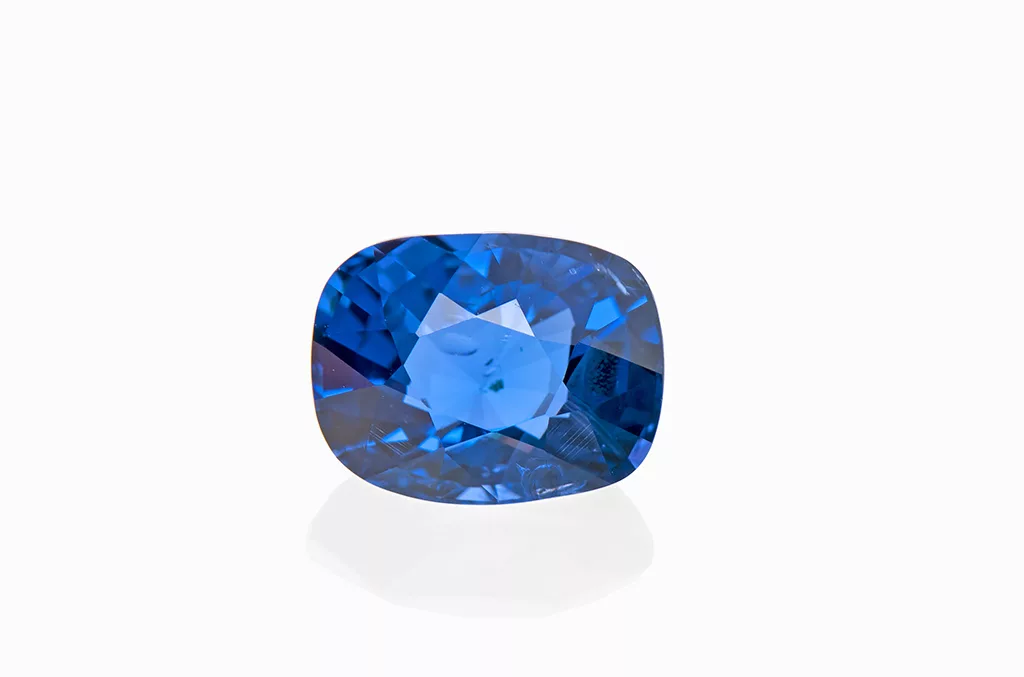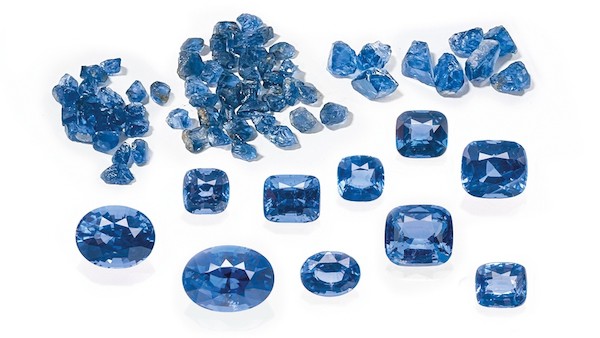
New cobalt-bearing spinel from Lukande, Tanzania
by Dr. M.S. Krzemnicki, first published in Facette 28 (May 2023)
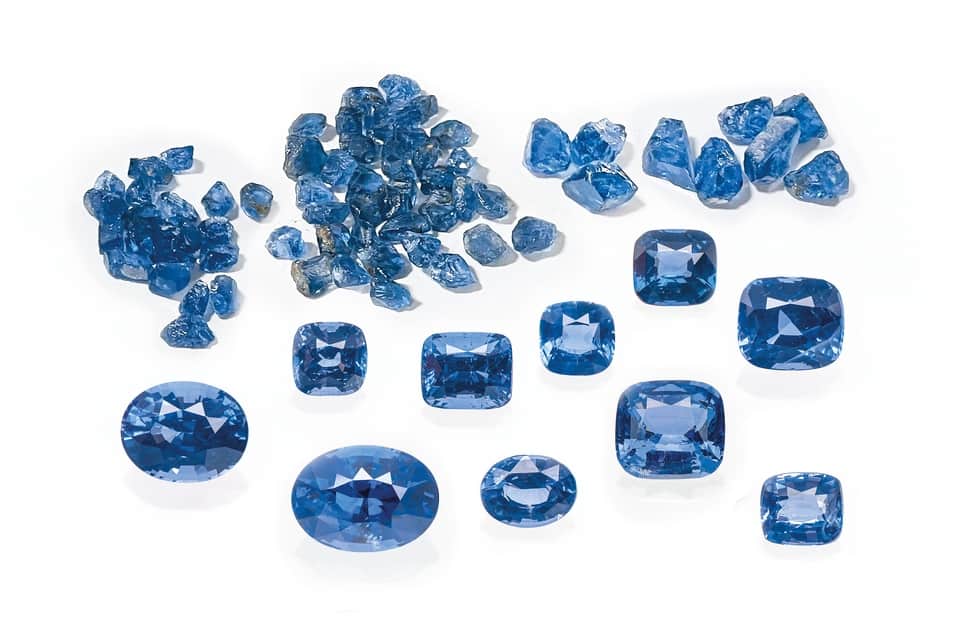
Gem-quality spinel (MgAl2O4) from Tanzania is well known in the trade for many decades. Most of these spinels are purple or pink to saturated red. Especially famous are pinkish red spinels from
Mahenge, which in fact are found at the locality Epanko (or Ipanko), about 7 km south of the small township of Mahenge. In 2007, this deposit produced several giant pinkish red spinels (up to 54 kg) which were later cut into sought-after gems of exceptional quality and size (some larger than 50 ct).
In September 2021, a new deposit of cobalt-bearing blue spinel was discovered near Lukande, which is located about 15 km south-east of Mahenge (Figure 1). Blue spinel there is associated with weathered marble in an eluvial zone buried approximately 1–8 m below the surface from where they are recovered by artisanal small-scale miners. The geological context, combined with eld observations and U-Pb dating on zircon inclusions in these spinels indicate that the formation of this deposit is linked to late-stage metamorphic events of the East African Orogeny. This is well in line with other marble-hosted gem deposits in central Tanzania (i.e. ruby and spinel deposits in the Uluguru and Mahenge mountains).
The colour of spinel and, specifically, of cobalt-bearing blue spinel, has been investigated quite extensively in scientific literature. In general, the colour of spinel is due to a combination of transition metals—for blue spinel mainly iron (Fe) and sometimes cobalt (Co). Shigley & Stockton (1984) were the first to attribute Co in addition to Fe as an important chromophore in natural blue spinel.
The hue and saturation of the blue colour is not only related to the concentration of the chromophores Fe and Co, but also to their valence state (Fe2+ or Fe3+) and their distribution on the two crystallographic sites in the spinel structure. Notably, very low traces of Co may have a strong effect on the blue colour of spinel. Often the amount of Co is so low that it is at or below the detection limit of EDXRF, which is the method commonly used to analyse the chemical composition of gems in gemmological laboratories.
At SSEF, we have analysed about 50 of these new cobalt-bearing spinels from Lukande in the past few months ranging in size from about 2 ct to beyond 10 ct. The blue colour of these spinels results from an interplay of iron and cobalt, with quite a number of them showing an attractive blue colour resulting from distinct cobalt absorption features in the visible part of the absorption spectrum (see Figure 2). Other blue spinels from that same deposit are dominated in the absorption spectrum by iron with only a minor contribution by cobalt. Consequently, these Fe-dominated spinels show a more greyish blue to greenish blue tint.
Interestingly, these new Co-bearing blue spinels from Tanzania can be separated in most cases from cobalt-bearing spinels from Vietnam, Sri Lanka and Pakistan based on their characteristic inclusion features and trace-element patterns. The attractive colours and availability of relatively large sizes have generated significant interest in the gem trade and these new cobalt-bearing spinels from Lukande can thus be considered an attractive new addition to the gem trade.
A detailed study about these Co-bearing spinels from Lukande has been published in the latest issue of the Journal of Gemmology (Vol. 38, No. 5) in April 2023.
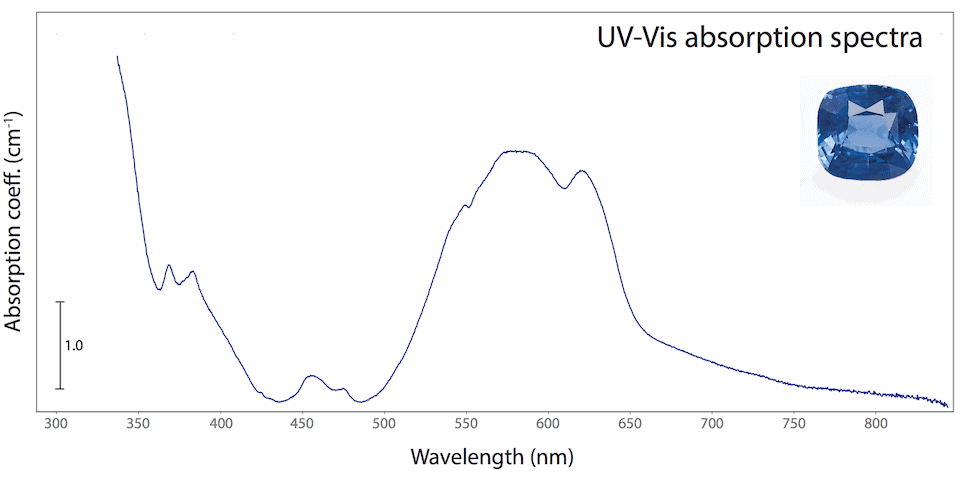
Want to learn more about Spinels?
Start your journey to becoming a spinel expert with our free online course “Introduction to spinels”. Learn all about spinels. Their fascinating history, how they form, where they come from. Learn about all the different origins of spinels and their treatments. Take this course as an introduction to the wonderful world of spinels.

